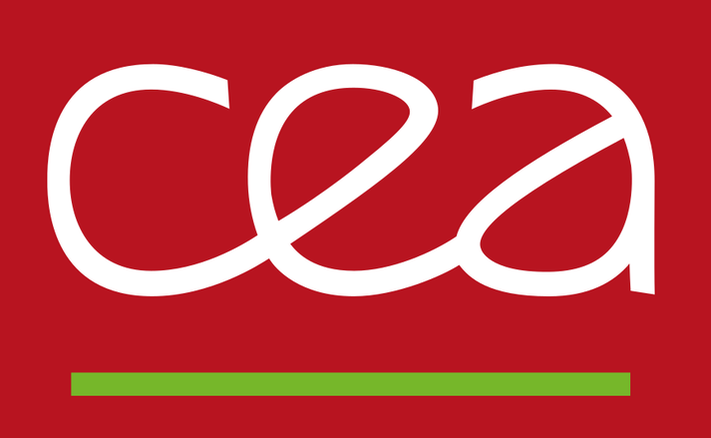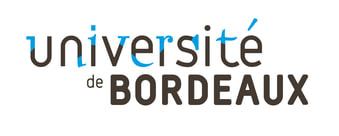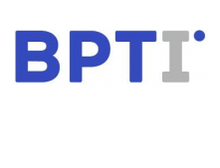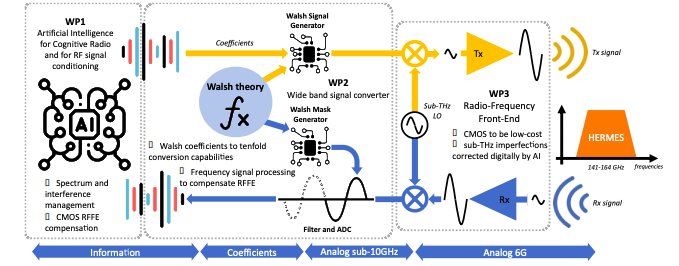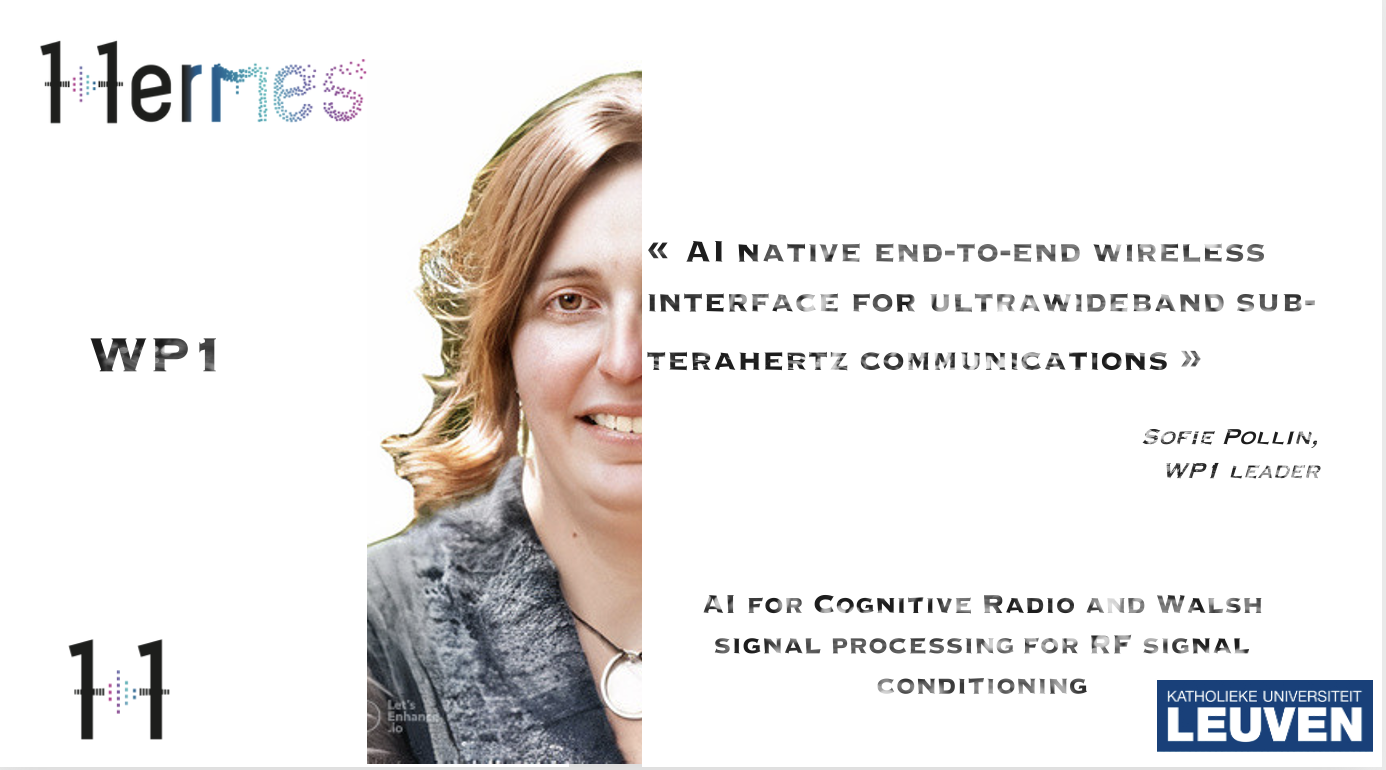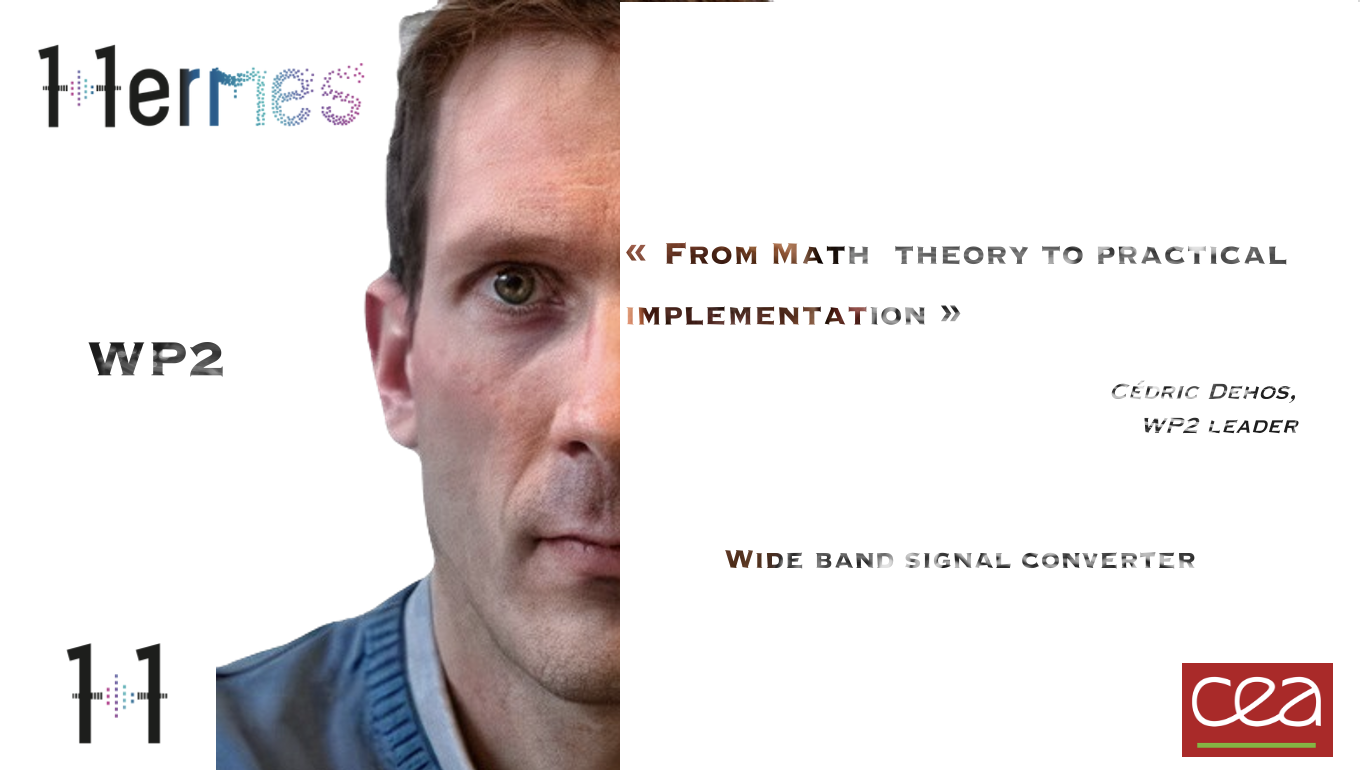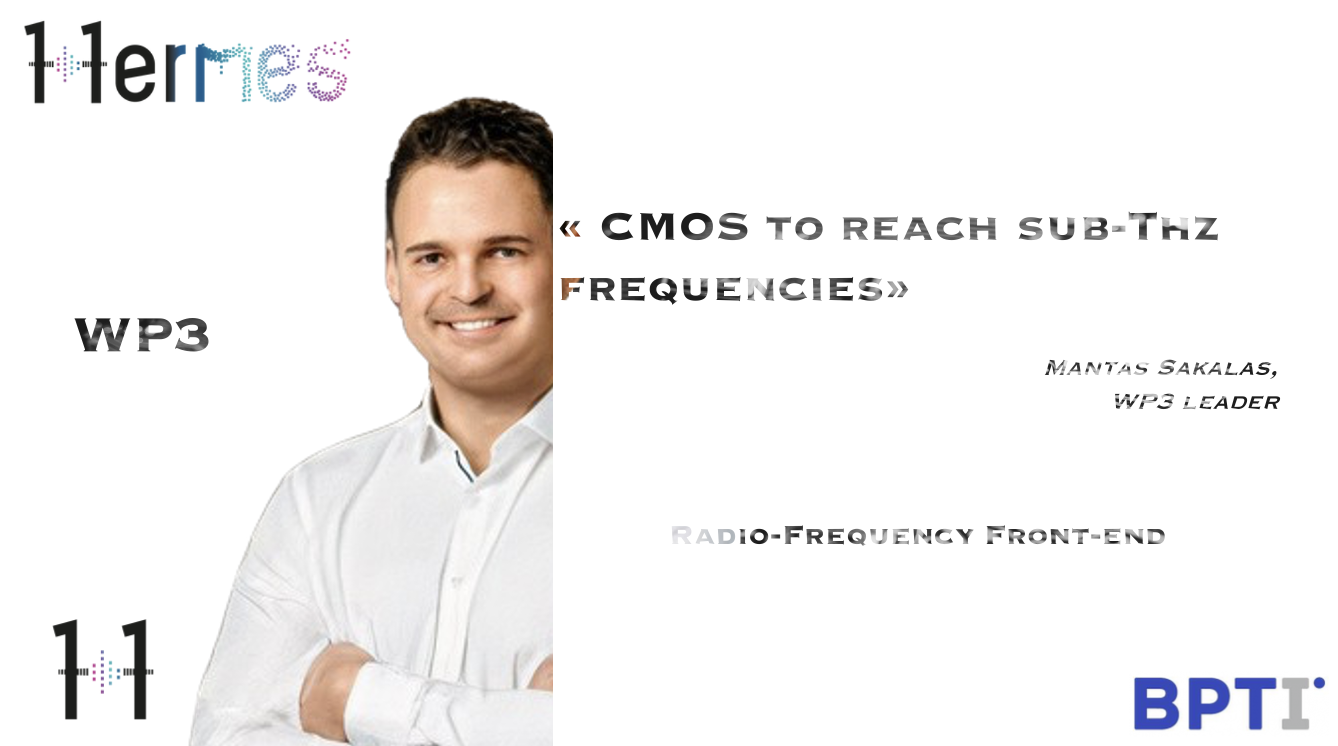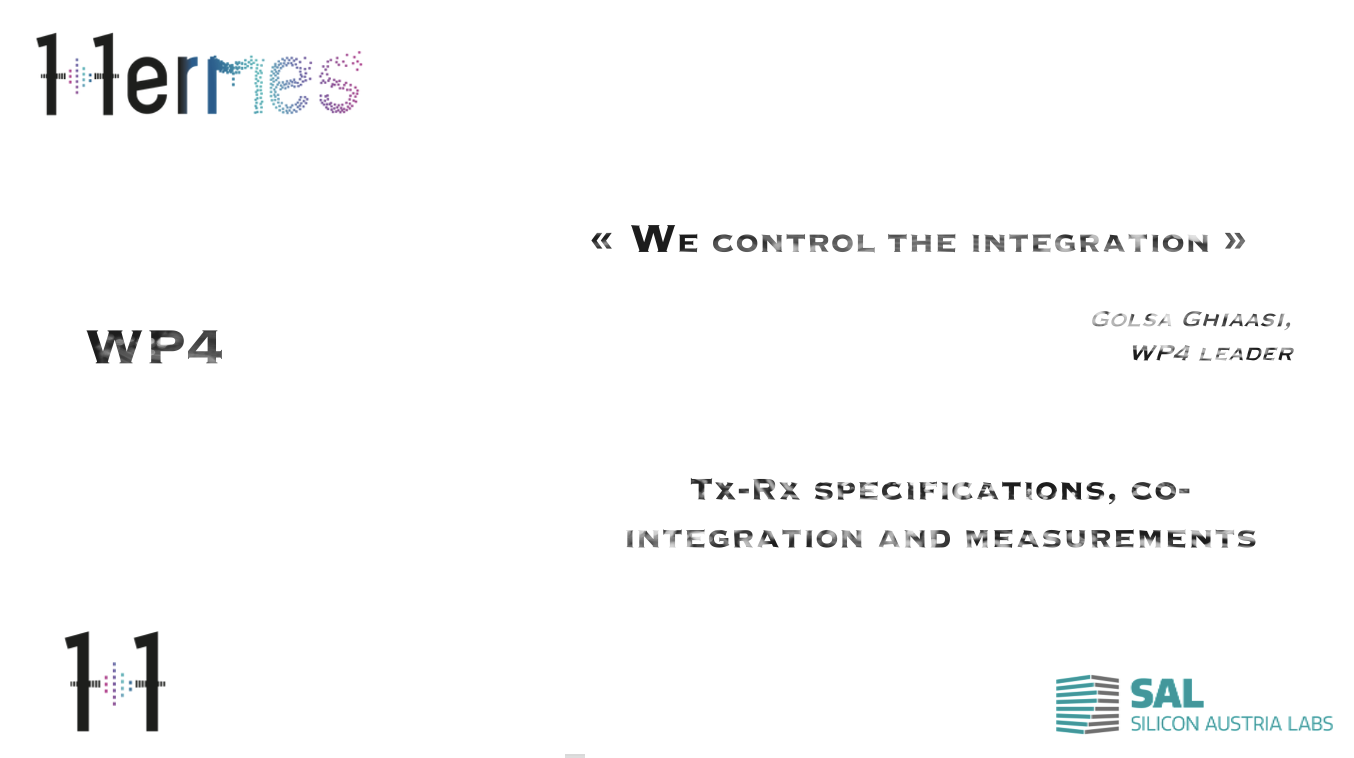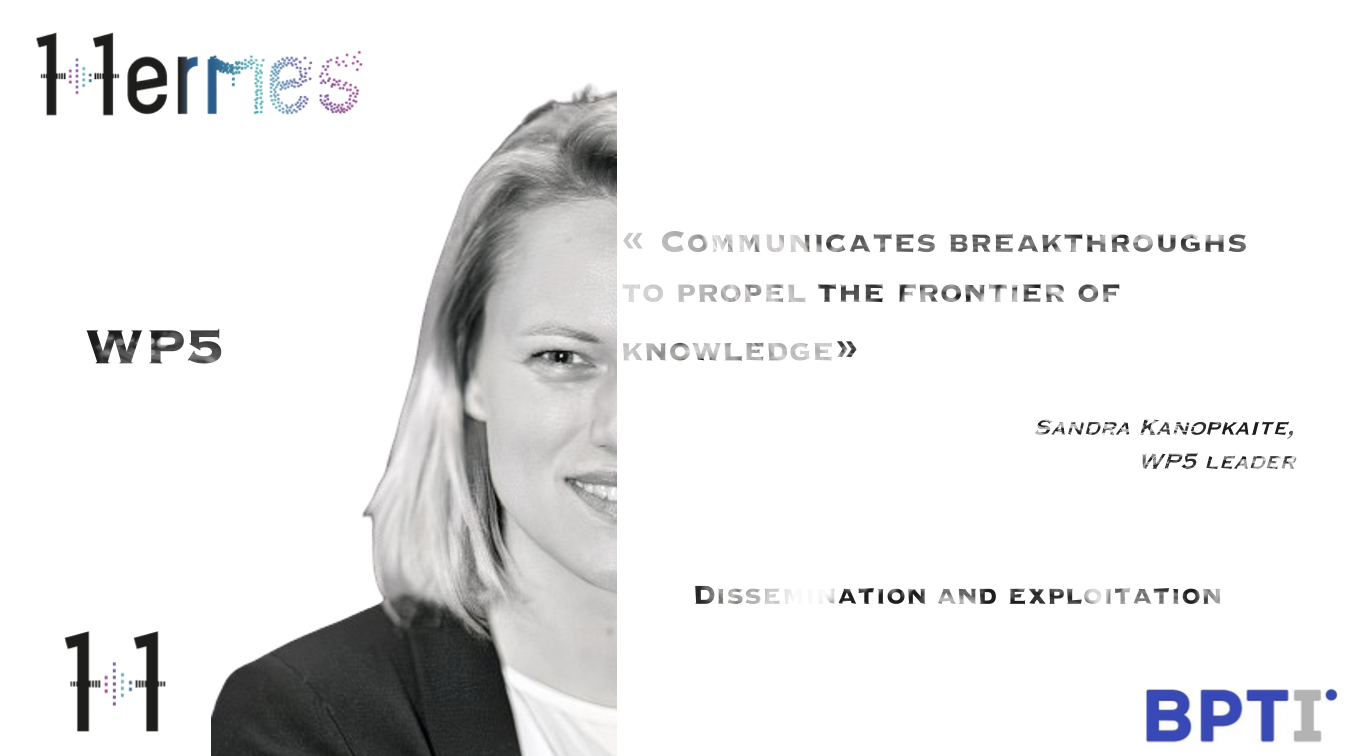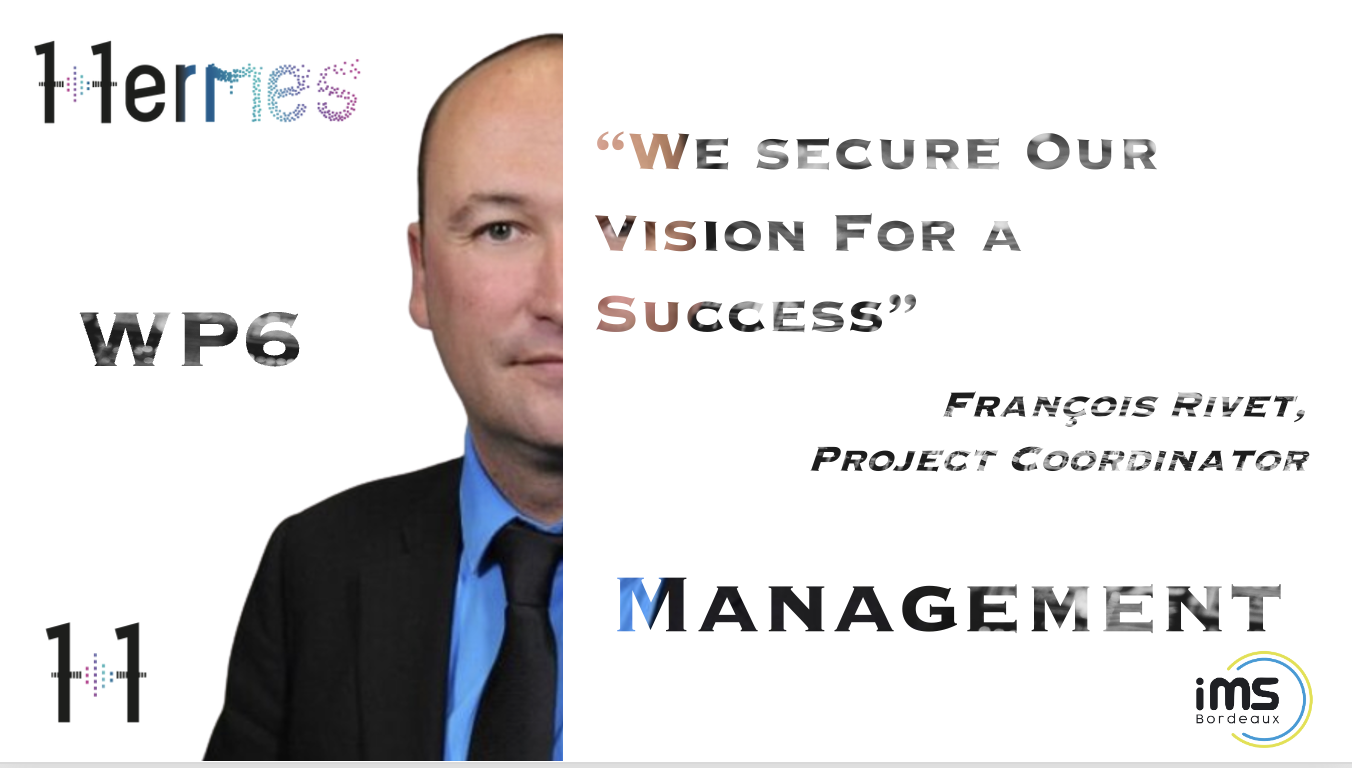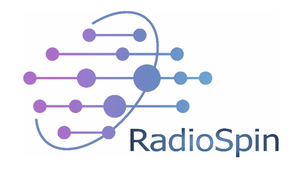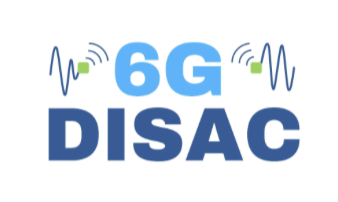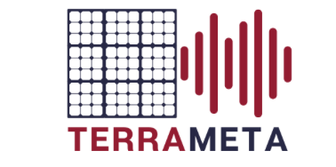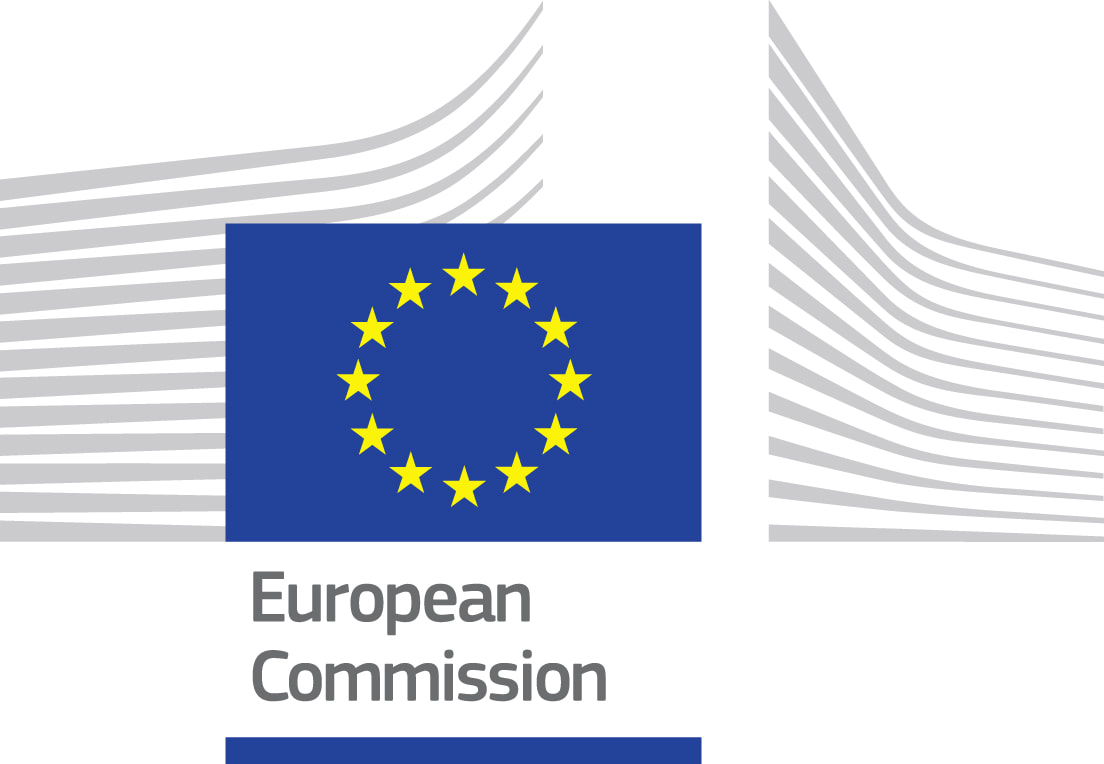We Connect intelligences
The future of wireless communications will go beyond connecting people or things to connecting smart robots or unmanned vehicles without human intervention. HERMES proposes the fusion of Artificial Intelligence (AI) and deep sub-micron CMOS technology to open a new generation of wireless transceivers. For the first time, HERMES will deliver to the telecommunications industry a disruptive way of designing transceivers, with impact on production of billions of units that can be implemented in any autonomous system to communicate. This new wireless link will be a springboard for an innovation leap in the robotics and the security industry.
|
HERMES Consortium
Driving excellence for tomorrow's world
HERMES workplan
Collaboration and innovation
WP1: AI for Cognitive Radio and Walsh signal processing for RF signal conditioningLead: KATHOLIEKE UNIVERSITEIT LEUVEN (KUL)
WP1 will achieve nonlinearity compensation for the newly proposed transceiver design, End-to-end wireless communication models for high speed communication and Improve network throughput through interference management and spectrum usage prediction.
End-to-end deep learning communication models. SoA systems are adapted for high bandwidth THz scenarios. Detailed performance profiling is performed. These models are further enhanced assuming imperfect channel knowledge. SoA auto-encoder models are adapted to achieve higher constellations and even multicarrier communication to address the challenges posed by the high bandwidth frequency selective channel. |
WP2: Wide band signal converterLead: COMMISSARIAT À L'ÉNERGIE ATOMIQUE ET AUX ÉNERGIES (CEA)
Perform a high-level simulation of the wide band signal converter for sub-10GHz signals with defined specifications (SNR, BER, EVM).
Design the Walsh Sequences building block. Design the VGAs for both Tx and Rx. Design the Walsh Signal Generator. Design the receiver with the N-Path filter and the Walsh Mask Generator. |
WP3: Radio-Frequency Front-EndLead: BALTIJOS PAŽANGIŲ TECHNOLOGIJŲ INSTITUTAS (BPTI)
Design the frequency synthesizer to generate the LO signals for the I/Q up-/down conversion for transmitter and receiver covering 141GHz to 164GHz range.
Perform a feasibility study and design up-conversion mixer and down-conversion I/Q mixer components for Tx and Rx stages covering frequencies from 141GHz to 164GHz. Design a wide-band Power stage able to operate from 141GHz to 164GHz. Design an LNA covering the 141GHz to 164GHz range. |
WP4: Tx-Rx specifications, co-integration and measurementsLead: SILICON AUSTRIA LABS (SAL)
Specify technical requirements of each building block and their interaction based on the KPI and the achievable performances with the actual technology.
Measurements techniques for THz frequencies. Fabrication followup. Co-integration of heterogeneous devices, ASIC, RFIC, measurements bench management, methodologies and results. |
Project Partners
|
FVLLMONTI
In the context of the fourth industrial revolution along with unprecedented growing global interdependencies, an innovative, inclusive and sustainable society is a sound European priority. For many people, the way towards inclusive and sustainable daily life goes through a lightweight in-ear device allowing speech-to-speech translation. Today, such IoT devices require internet connectivity which is proven to be energy inefficient. While machine translation has greatly improved, an embedded lightweight energy-efficient hardware remains elusive because existing solutions based on artificial neural networks (NNs) are computation-intensive and energy-hungry requiring server-based implementations, which also raises data protection and privacy concerns. Today, 2D electronic architectures suffer from "unscalable" interconnects, making it difficult for them to compete with biological neural systems in terms of real-time information-processing capabilities with comparable energy consumption. See more at: https://fvllmonti.eu/ |
|
RADIOSPIN
The goal of RadioSpin is to build a hardware neural network that computes using neural dynamics as in the brain, has a deep layered architecture as in the neocortex, but runs and learns faster, by seven orders of magnitude. For this purpose, we will use ultrafast radio-frequency (RF) oscillators to imitate the rich, reconfigurable dynamics of biological neurons. Within the RadioSpin project, we will develop a new breed of nanosynapses, based on spintronics technology, that directly process the RF signals sent by neurons and interconnects them layer-wise. See more at: https://www.radiospin.eu |
|
WiPLASH
The WiPLASH project aims to pioneer an on-chip wireless communication plane able to provide architectural plasticity, reconfigurability and adaptation to the application requirements with near-ASIC efficiency but without loss of generality. The WiPLASH consortium will provide solid experimental foundations of the key enablers of on-chip wireless communication at the functional unit level as well as their technological and architectural integration. See more at: https://www.wiplash.eu/ |
|
6G-DISAC
The integration of sensing and communications (ISAC) is widely seen as one of the main and disruptive features of the next generation of wireless communication systems . ISAC indeed allows the envisioned 6G network to not only communicate, but also to sense the environment, localise and track users as well as passive devices and objects within the wireless propagation environment, which in turn can be used for mobilising sensing-aided applications and/or improving communication functions. All those functionalities are expected to be offered by the same 6G network infrastructure. See more at: https://www.6gdisac-project.eu |
|
TERRAMETA
The TERRAMETA project aims to investigate revolutionary technologies for 6G and demonstrate the feasibility of Terahertz (THz) Reconfigurable Intelligent Surface (RIS) assisted ultra-high data rate wireless communications networks. Novel high-performance hardware including the THz RIS and THz transmitter/receiver will be developed and advanced network analysis/optimizations techniques will be developed using these real THz components. The proposed TERRAMETA THz network will be driven by 6G usage scenario requirements and indoor, outdoor, and indoor-to-outdoor scenarios will be demonstrated in real factory setting and telecom testing field. It is expected that the outcome of this project will significantly progress innovations for across the 6G Technology and systems. See more at: https://terrameta-project.eu/about/ |


